In the vast and ever-expanding digital realm, content is the currency of connection. A robust content strategy is no longer a luxury but a fundamental necessity for any business aiming to achieve sustainable digital success. It’s the blueprint that guides your content creation, distribution, and management, ensuring every piece of content serves a purpose and contributes to your overarching business objectives. Without a clear strategy, content efforts can become fragmented, inefficient, and ultimately ineffective. This guide, Content Strategy 101, will help you lay a solid foundation for your digital content endeavors.
The journey to a successful content strategy begins with understanding your audience. Who are you trying to reach? What are their pain points, questions, and interests? Developing detailed buyer personas is an invaluable exercise. These semi-fictional representations of your ideal customers, based on market research and real data, will help you tailor your content to their specific needs and preferences. Once you know your audience, you can identify their journey – from awareness to consideration to decision – and create content that addresses their needs at each stage. This audience-centric approach ensures your content is always relevant and valuable.
Defining your content goals is the next critical step. What do you want your content to achieve? Common content goals include increasing brand awareness, generating leads, driving sales, improving customer loyalty, establishing thought leadership, or enhancing customer support. Your goals should be SMART: Specific, Measurable, Achievable, Relevant, and Time-bound. For example, instead of “get more traffic,” aim for “increase organic website traffic by 20% in the next six months.” Clear goals provide direction and allow you to measure the effectiveness of your content efforts.
Conducting a content audit is essential, especially if you already have existing content. A content audit involves systematically reviewing all your current content assets to assess their performance, relevance, and quality. Identify what’s working well, what needs updating, and what can be repurposed or retired. This audit helps you understand your current content landscape, identify gaps, and avoid duplicating efforts. It also provides insights into content formats and topics that resonate most with your audience. Use tools like Google Analytics to gather data on page views, bounce rates, and conversion rates for your existing content.
Developing a content calendar is crucial for organization and consistency. A content calendar is a detailed schedule that outlines when and where you will publish your content, what topics you’ll cover, and what formats you’ll use. It helps you plan your content production, allocate resources, and ensure a steady stream of fresh, relevant content. Your calendar should include details such as content type (blog post, video, infographic), target audience, keywords, call to action, and distribution channels. This proactive planning prevents last-minute scrambling and ensures your content strategy remains on track.
Content creation is where your strategy comes to life. Focus on creating high-quality, valuable, and engaging content that addresses your audience’s needs and aligns with your goals. Experiment with a variety of content formats to keep your audience engaged, including blog posts, articles, videos, podcasts, infographics, e-books, webinars, and case studies. Ensure your content is well-researched, accurate, and provides unique insights. Optimize your content for search engines by incorporating relevant keywords naturally and ensuring it’s easy to read and navigate. Visuals play a significant role in content engagement, so use high-quality images, videos, and graphics.
Content distribution is just as important as creation. Even the best content won’t achieve its potential if no one sees it. Develop a robust distribution plan that leverages various channels, including your website, social media platforms, email marketing, paid advertising, and influencer collaborations. Repurpose your content into different formats to maximize its reach and appeal to different preferences. For example, a long-form blog post can be turned into a series of social media snippets, an infographic, or a short video. Actively promote your content across all relevant channels to ensure it reaches your target audience effectively.
Measuring and analyzing your content performance is vital for continuous improvement. Use analytics tools to track key metrics such as website traffic, engagement rates (likes, shares, comments), lead generation, conversion rates, and customer retention. Analyze which content pieces are performing best and why. Identify areas for improvement and adjust your strategy accordingly. A/B test different headlines, calls to action, and content formats to optimize your results. Content strategy is an iterative process; regularly review your performance, learn from your data, and adapt your approach to stay relevant and effective in the dynamic digital landscape. By consistently refining your content strategy, you can build a strong foundation for sustained digital success and establish your brand as a trusted authority in your industry.
📚 For more insights, check out our content marketing strategy guide.


